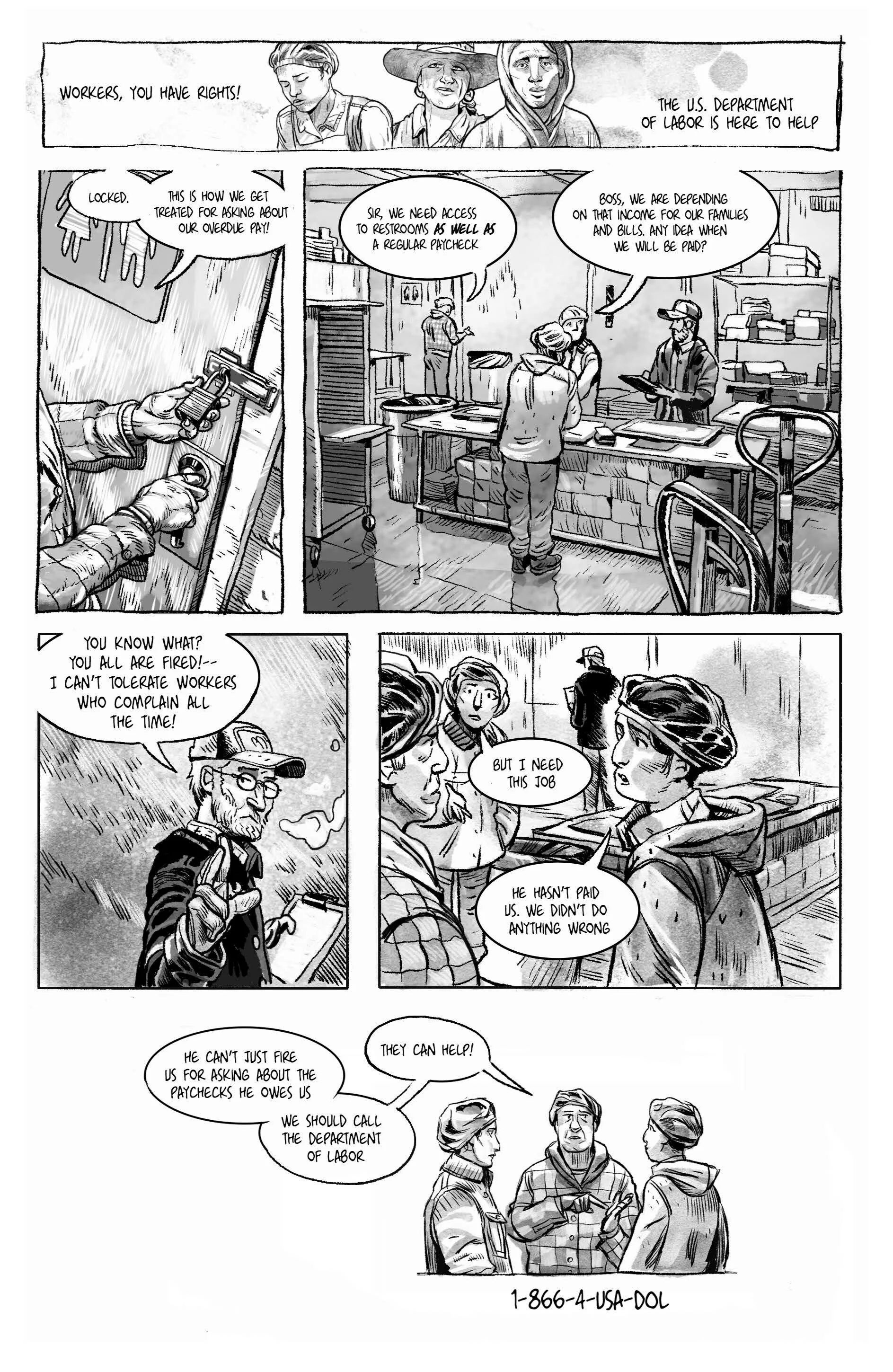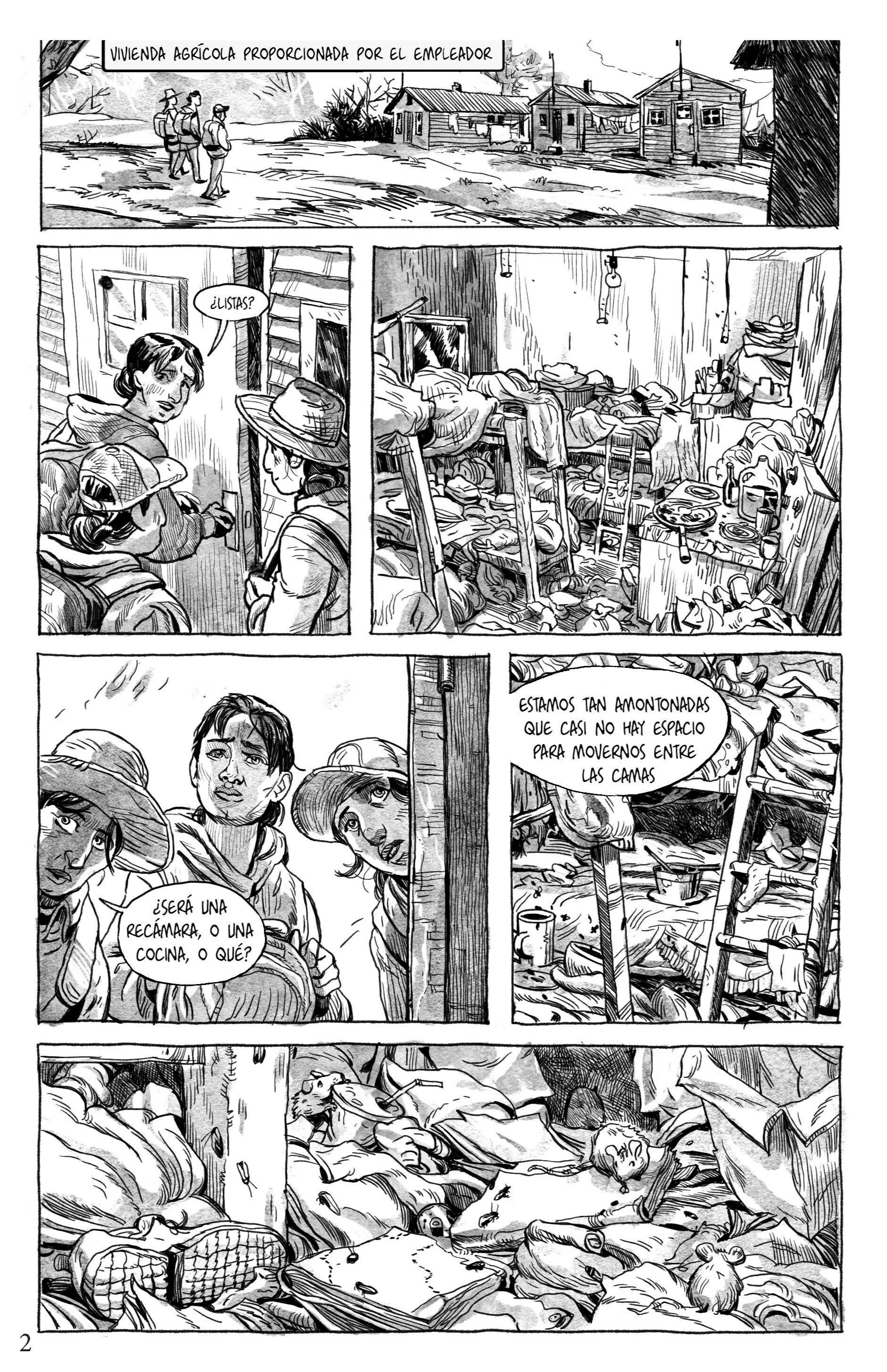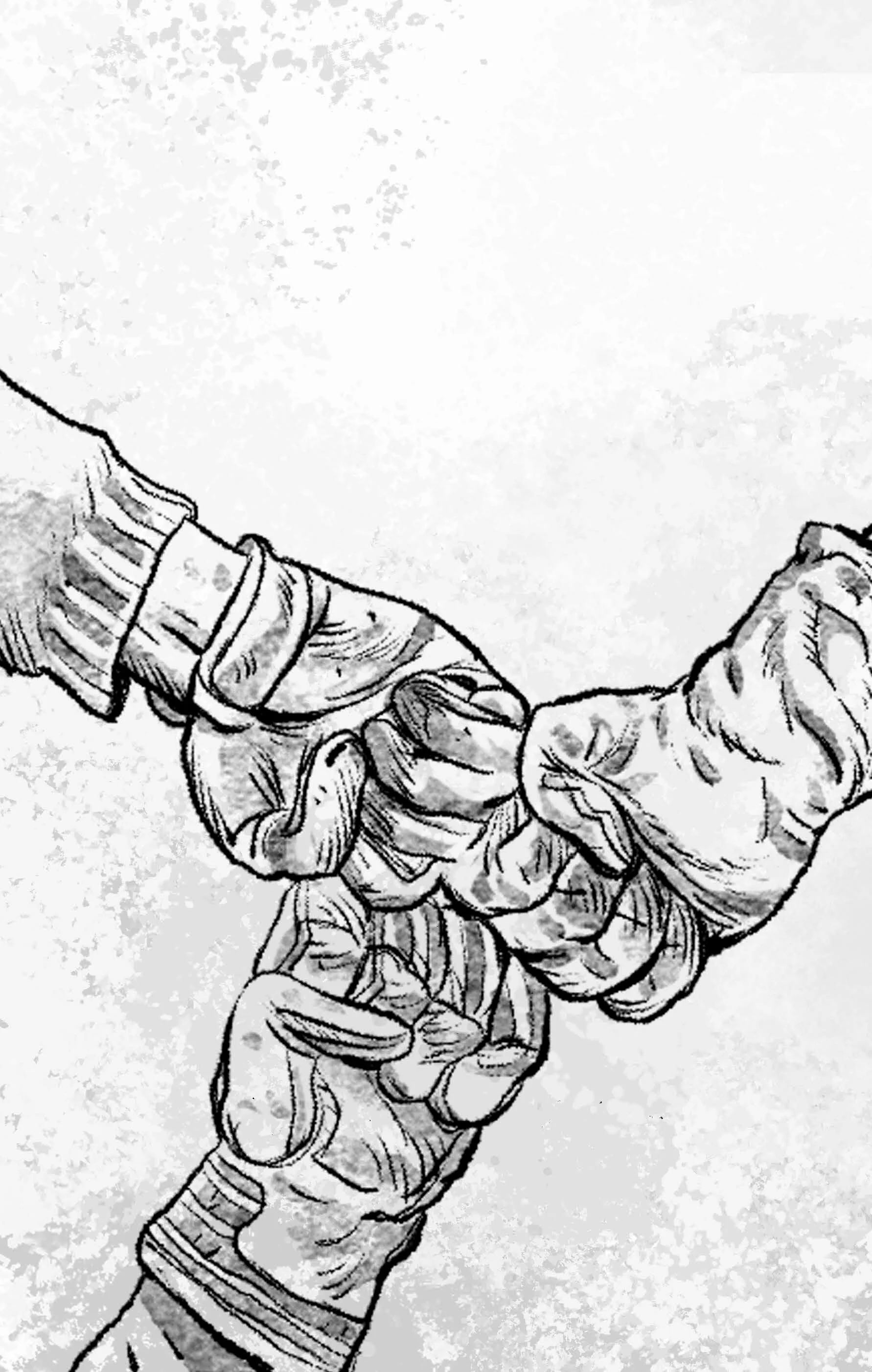As part of a multi-year, cross-agency team at the U.S. Department of Labor, I helped lead the creative effort behind migrantworker.gov—a multilingual digital resource designed to inform migrant workers of their rights. This collaboration brought together policymakers, worker safety experts, enforcement officers, migrant worker advocates, and DOL’s digital team. While another team was tasked with building the site itself, my creative team focused on developing the outreach materials designed to drive traffic to the platform and connect with workers directly.
Note: The current iteration of the site is a stripped down version due to the current administration.
migrantworker.gov
Video Strategy: Designed for the People Who Needed It Most
Main audience: Migrant workers seeking clear, accessible information about their rights and protections.
Secondary audience: Their families—particularly children and younger relatives—who are more likely to encounter and share video content through social media platforms.
With these audiences in mind, my team developed a video strategy that prioritized clarity, cultural relevance, and platform-native design. We leaned into the popular social media trend of a single content creator playing both roles in a conversational Q&A format. This allowed us to present complex government information in a fresh, accessible way that felt natural on the platforms our audience used most.
I made the strategic decision to produce all videos in vertical format for maximum compatibility with mobile-first platforms. Spanish was prioritized as the primary language, with English included to broaden accessibility.
Each video was intentionally framed to answer one question at a time, avoiding excessive legal disclaimers or over-explaining—a common pitfall in government communications. The goal was clarity, confidence, and shareability.
My experience as a social media curator at Upworthy taught me that on social platforms, telling a good story is only half the job—the other half is making sure people see it. Below are examples of the care we put into crafting compelling, culturally appropriate thumbnails to help this project connect with its intended audience.

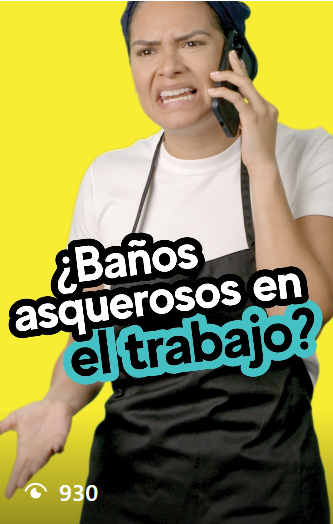

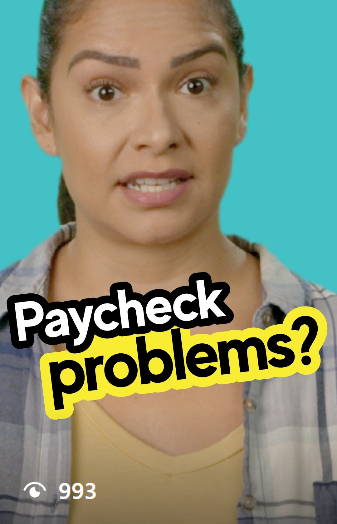
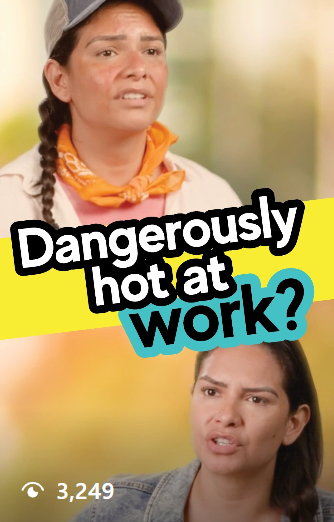



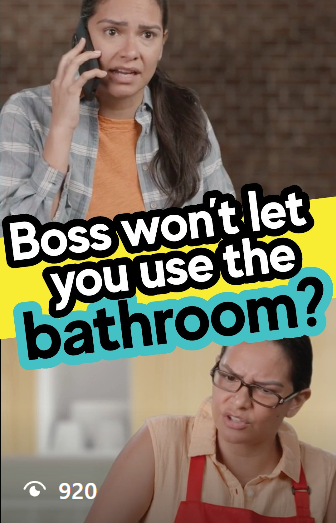



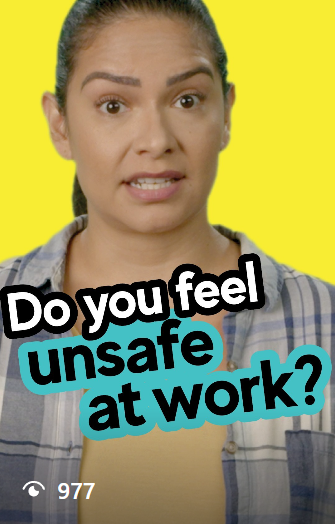


Bridging the Gap: From Digital to Physical Outreach
While our videos were effective on mobile and social platforms, we quickly ran into a key limitation: access. Migrant workers in the fields and on farms often had little or no cell phone reception, and phones weren’t always practical tools for consuming information on the job.
Through conversations with migrant worker stakeholders, we discovered an important insight—many workers loved passing around printed pamphlets or small comic books during breaks or after work. This became an opportunity to meet the audience where they were.
In response, I collaborated with an outstanding illustrator to create DOL’s first mini comic book tailored to migrant workers. Designed for portability, clarity, and cultural relevance, the comic presented essential rights-based information through a format that felt familiar and shareable—turning a challenge into a new way to connect.
Overall, the migrantworker.gov project was a major success. The website launched with a high-profile event at DOL headquarters, and our outreach materials—including the video series—were met with enthusiastic feedback from stakeholders. Their strong response led us to continue the series throughout the following year. In 2024, we printed 10,000 copies of our mini-comic book in direct response to stakeholder requests, highlighting the demand for accessible, rights-based materials.

